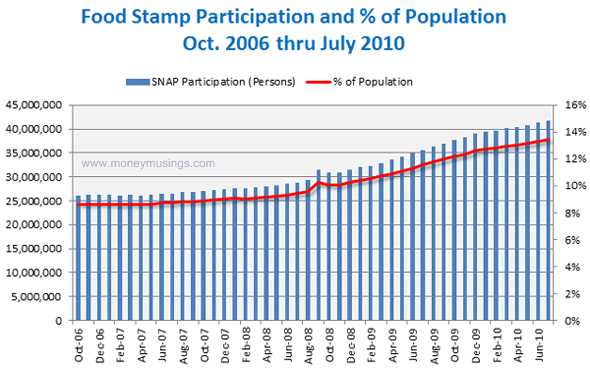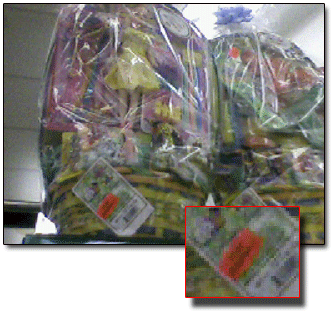An article very much worth reading, if you can spare a handful of minutes:
NY Times: A Part-Time Life, as Hours Shrink and Shift
A snippet:
At its store here, just east of San Diego, Shannon Hardin oversees seven self-checkout stations, usually by herself. Typically working shifts of five or six hours, she hops between stations — bagging groceries, approving alcohol purchases, explaining the checkout system to shoppers and urging customers to join the retailer’s loyalty program, all while watching for shoplifters.
“I like it. I’m a people person,” said Ms. Hardin, 50, who used to work as an office assistant at a construction company until times went bad.
But after nearly five years at Fresh & Easy, she remains a part-time worker despite her desire to work full-time. In fact, all 22 employees at her store are part-time except for the five managers.
She earns $10.90 an hour, and with workweeks averaging 28 hours, her yearly pay equals $16,500. “I can’t live on this,” said Ms. Hardin, who is single. “It’s almost impossible.”
Ouch. As a guy who hasn’t worked a part-time gig since my college days, I can freely admit that I have a difficult time comprehending the worklife situations of the story’s interviewees.
But if you’re the sort who wants a sounding board for “Damn all these greedy corporations!” then you’ll have a delightful time perusing the NY Times’ article’s comments section. Reading through that will require a significantly larger investment of time than the article itself!



